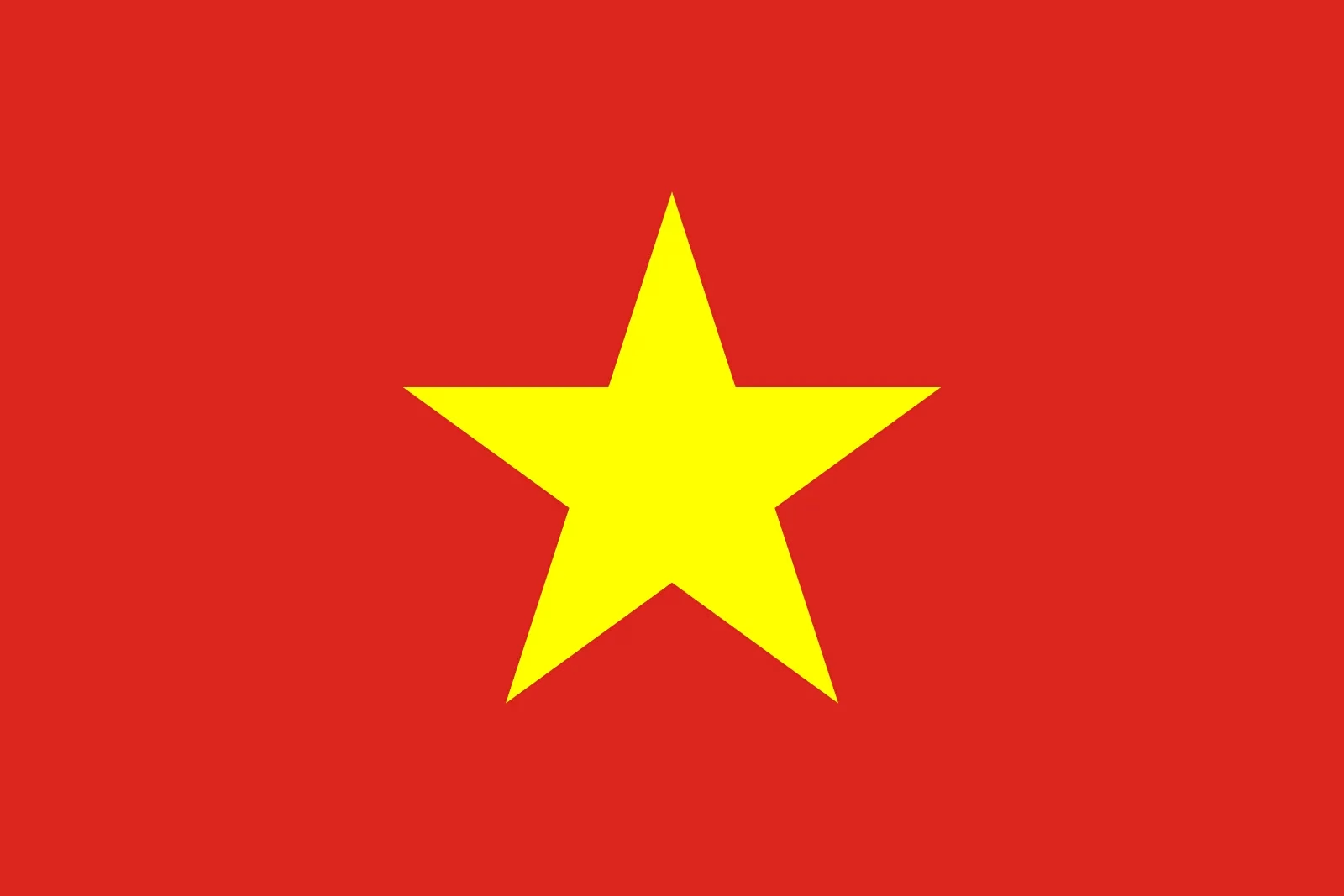Socialist Republic of Vietnam

Capital: Hanoi
Population: 100,300,0001
Currency: Vietnamese đồng (VND)
Viet Nam is a Southeast Asian country located on the eastern coast of the Indochinese Peninsula, bordered by China, Laos, and Cambodia, with a long coastline along the South China Sea. It is known for its natural beauty, from rice terraces and mountains in the north to beaches and tropical lowlands in the south, as well as its rich cultural heritage and dynamic cities. The capital is Hanoi, while Ho Chi Minh City (formerly Saigon) is the largest and most economically vibrant city. Viet Nam has a rapidly growing, socialist-oriented market economy, driven by manufacturing, agriculture, tourism, and exports such as electronics, textiles, and seafood. It is a unitary one-party socialist republic, governed by the Communist Party of Viet Nam. Viet Nam is a member of the United Nations (UN), Association of Southeast Asian Nations (ASEAN), Asia-Pacific Economic Cooperation (APEC), World Trade Organization (WTO), and the Non-Aligned Movement (NAM).
Growth Rate
0.644
%
Fertility Rate
1.913
children born/woman
Crude Death Rate
6.577
per 1,000 people
Life Expectancy
74.6
years
Total Population in Vietnam
This graph illustrates the total population of a country over time, while also depicting the sex ratio, which indicates the number of males per 100 females in the population.
Population Density
Population Growth Rate (%)
The population growth rate shows how fast a population is increasing or decreasing annually, influenced by birth rates, death rates, and migration in Vietnam.
Life Expectancy (Years)
Life expectancy indicates the average number of years a person is expected to live.
Median Age (Years)
Median age represents the midpoint of a population’s age distribution, helping to assess whether a population is young, aging, or balanced.
Infant Mortality
Infant mortality rate measures the number of infant deaths per 1,000 live births.
Net migration in 2023 (per 1000 people)
-0.815
(-0.023)
Net migration represents the difference between the number of people moving into a country and those leaving.
Fertility Rate
Fertility rate represents the average number of children a woman is expected to have in her lifetime
Births vs Deaths
This graph compares the number of births and deaths each year.
Crude Death Rate
Crude death rate measures the number of deaths per 1,000 people in a population per year.
Source
Data is sourced from The World Bank, the United Nations Population Division (World Population Prospects: 2024 Revision), and other collated datasets, including national statistical offices, Eurostat (Demographic Statistics), and the United Nations Statistics Division (Population and Vital Statistics Report, various years).
Note: The information in the KPI is from 2023; any data beyond this year is an estimate from the United Nations.
1Population figures for Viet Nam are based on the latest data from the General Statistics Office (GSO), as reported in the 2023 socio-economic summary. Source: GSO Viet Nam – 2023 Socio-Economic Report.
